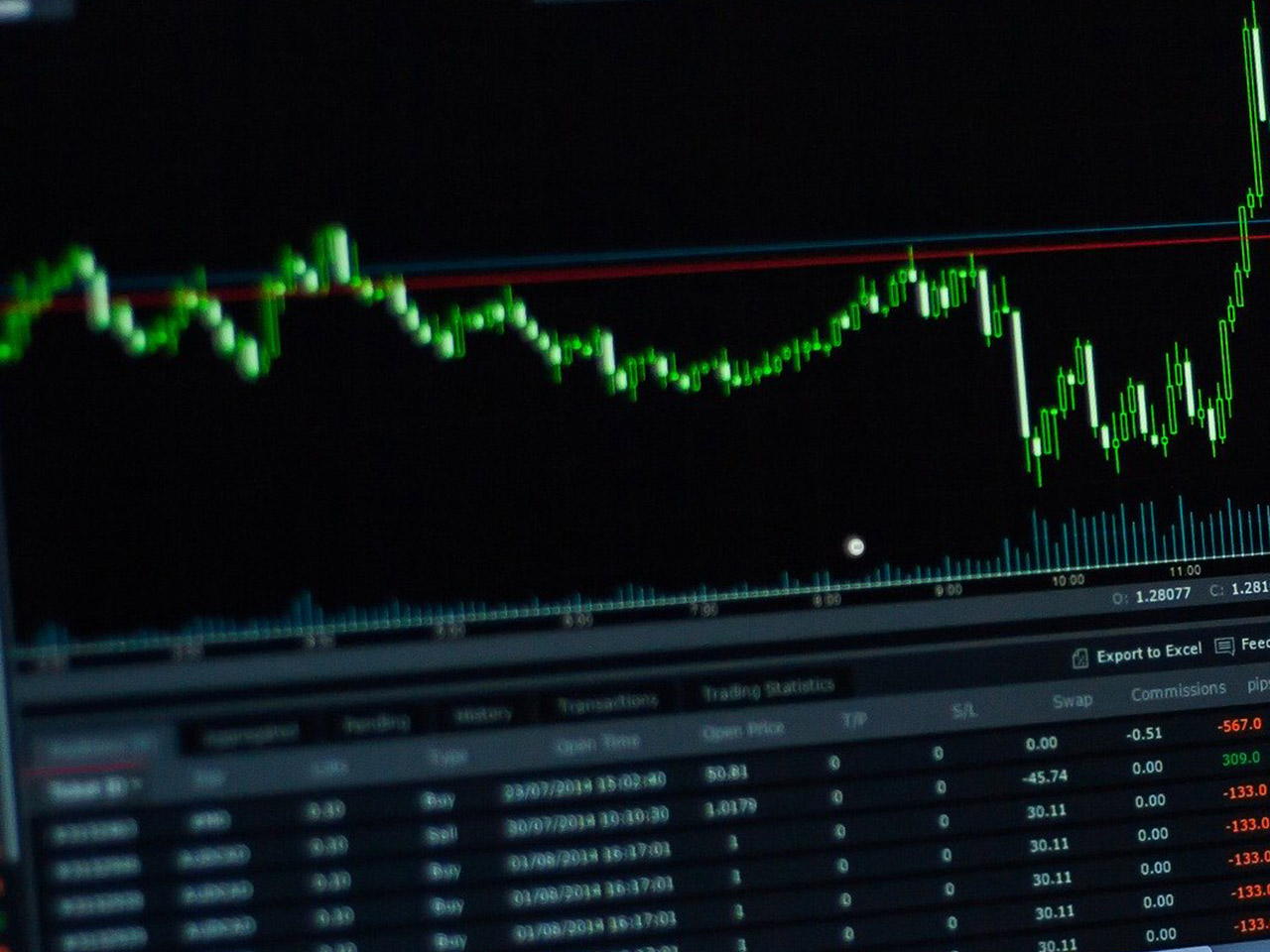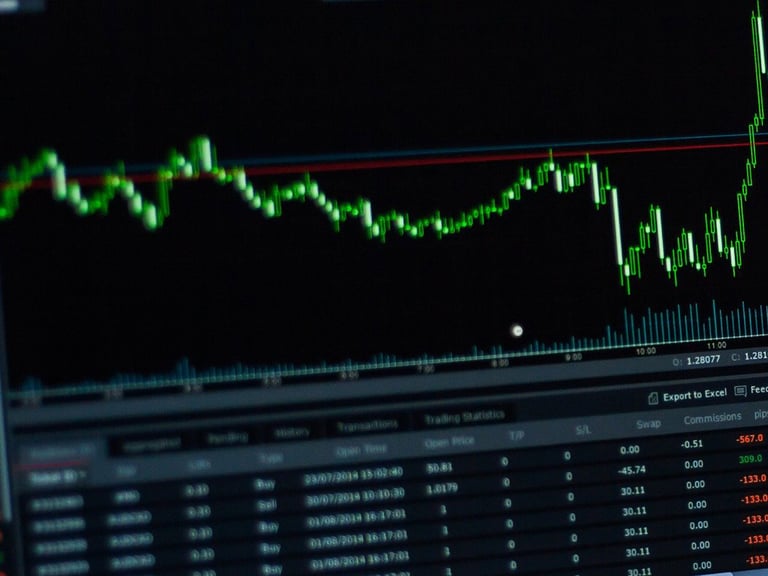Wells Fargo & Company (NYSE: WFC), a stalwart in the financial services sector, holds a commanding market cap of $230.81 billion. Known for its diversified offerings across consumer banking, commercial banking, corporate and investment banking, and wealth and investment management, Wells Fargo is a key player in the U.S. banking industry. With its rich history dating back to 1852, this San Francisco-based institution continues to capture the attention of individual investors and analysts alike, especially with its substantial potential upside of 17.55%.
Currently priced at $70.69, Wells Fargo’s stock has experienced a minor daily decline of 0.02%, but the broader picture reveals a more compelling story. The stock’s 52-week range oscillates between $51.57 and $81.42, positioning it closer to the higher end of this spectrum. This is indicative of a robust sentiment around the stock, which is further supported by an average analyst target price of $83.10. Such forecasts suggest a tangible upside potential, making Wells Fargo an attractive proposition for investors seeking growth.
Valuation metrics paint an intriguing picture, with a forward P/E ratio of 10.42, suggesting that the market may be undervaluing the company’s future earnings potential. Despite the absence of some traditional valuation metrics like the trailing P/E and PEG ratios, this forward-looking indicator provides a degree of optimism regarding Wells Fargo’s earnings trajectory.
Performance metrics further underscore the company’s resilience and profitability. With a return on equity of 10.84%, Wells Fargo demonstrates efficient use of shareholder equity to generate profits. Moreover, a robust earnings per share (EPS) of 5.37 highlights its capacity to deliver shareholder value consistently. Although revenue growth is modest at 0.50%, the bank’s strategic focus on diversified financial products and services is likely to bolster its performance in the future.
Dividend investors will find the 2.26% yield appealing, particularly given the conservative payout ratio of 27.93%. This suggests that Wells Fargo has ample room to maintain or even increase its dividend payouts, providing a reliable income stream for investors.
The technical landscape offers additional insights, with the stock trading below its 50-day moving average of 75.77 but above the 200-day moving average of 65.88. The Relative Strength Index (RSI) stands at 66.39, hinting at a slightly overbought condition. However, this could indicate continued investor interest and momentum.
Analyst sentiment remains predominantly positive, with 15 buy ratings overshadowing 7 hold and only 1 sell recommendation. This consensus reflects confidence in Wells Fargo’s strategic direction and market positioning.
For those considering an investment in Wells Fargo, the company’s diversified business model, consistent earnings, and potential for price appreciation present a compelling case. As the financial landscape evolves, Wells Fargo’s ability to adapt and capitalize on new opportunities will be crucial in sustaining its growth and delivering shareholder value. Investors might find this an opportune moment to evaluate Wells Fargo’s place in their portfolios, given the stock’s promising upside potential and solid fundamentals.
The information in this article should not be taken as advice. Readers should conduct their own due diligence and seek independent financial advice before making any investment decisions.





































